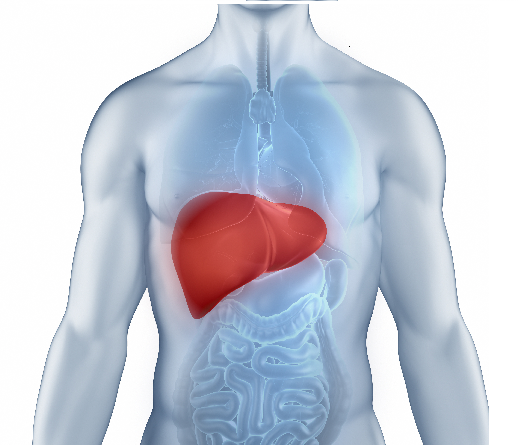Everything You Must Know About Liver Diseases
We all have seen the advertisement doing rounds on social media and television about megastar Amitabh Bachchan disclosing his liver ailment and that its functionality reducing to a meagre 25 per cent! While there’s no iota of doubt that the star refrains from drinking, many are left wondering how did he contract it? Some reasons that lead to malfunctioning of the liver are Hepatitis B & C, alcohol-related liver diseases, Non-alcoholic Fatty Liver Disease (NAFLD) & Non-alcoholic Steatohepatitis (NASH), Autoimmune Hepatitis and many others. In his case, the culprit was blood transfusion that led to him being affected by Hepatitis B.
The liver is quite an under-rated organ. It is constantly at work cleaning toxins from our body that we intake or the body produces.
What happens in a liver disease?
If you experience symptoms like nausea, fatigue, loss of appetite, diarrhea, or jaundice they are indicators of possible liver cirrhosis. At an early stage, people do not experience any of these specific signs or symptoms and in most cases, cirrhosis is identified accidentally.
It is pertinent to note that bilirubin is produced in the blood stream, it leads to the development of jaundice. Bilirubin is produced when the red blood cells in the body are broken down.
However, as a precautionary measure, if it is outward that the liver isn’t doing well, it also can be a case of hepatic encephalopathy (HE). Apart from HE, symptoms such as enlarged spleen, stone-like particles in gallbladder and bile duct, bruising & bleeding, etc. are also serious indicators of liver damage.
What is liver transplant?
Contrary to the belief, it is not just a healthy person who can donate liver. In case of liver transplant, the blood group and the body type of the donor and recipient should match. Coincidentally, as per a WHO data, liver diseases ae among the top 20 reasons of death in India.
In case of a successful liver transplant, most people resume with their lives within 6-12 months.
What are some of the preventable causes of liver disease?
Although liver disease is hereditary in some cases, some of the most common preventable causes are:
1.) Alcohol
A fatty liver is caused when people drink in excess, which in turn can lead to the inappropriate functioning of the liver. Unabated drinking further causes inflammation of the liver.
2.) Obesity
If you are over-weight or know anyone who is, the excess fat can lead to fattening of the liver. The excess weight can cause scarring of the liver and often times, cirrhosis.
3.) Hepatitis
Viral infections are a major contributor that leads to hepatitis. The common hepatitis that one is susceptible to is Hepatitis A, also called Infectious Hepatitis. Hepatitis A never causes long-term damage. The other hepatitis that is rare but can leave long-lasting effect is Hepatitis B – usually contracted through sexual activity or blood transfusion. Hepatitis B, if unchecked can lead to cirrhosis.
What can one do in case of liver disease?
To last long, one has to take simple measures to be fit as a fiddle. The more you drink, the more are your chances of gaining weight which can lead to fatty liver.
It is pertinent to note that people who do not drink are also prone to liver diseases. Such cases are classified under non-alcoholic fatty disease, also known as nonalcoholic steatohepatitis (NASH). In its most severe form, NASH can lead to liver cirrhosis, liver failure or even liver cancer.














